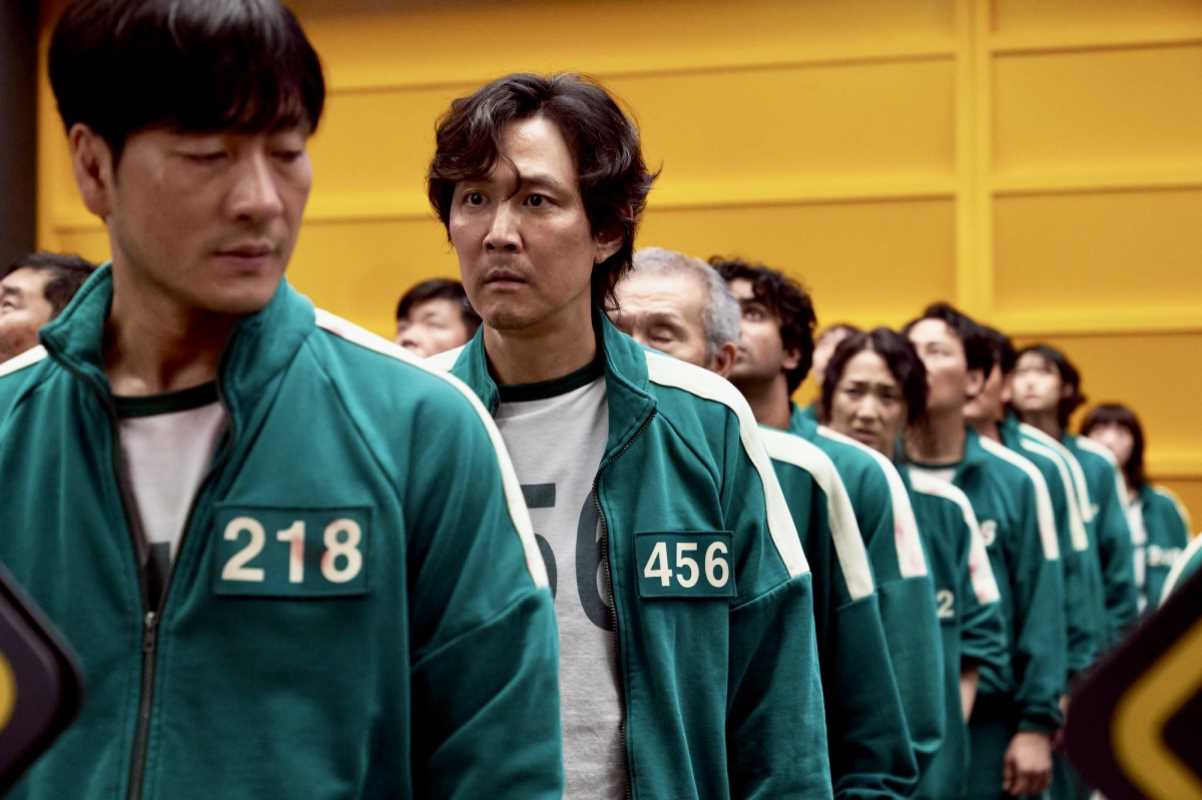Horror has long been a genre that taps into our deepest fears. While jump scares and gore have their place, some of the most compelling horror films do more than just frighten—they make us think. Independent horror films, in particular, have carved a niche for themselves by blending psychological depth, social commentary, and innovative storytelling. These films go beyond traditional horror tropes, pushing their audiences to reflect, question, and even confront uncomfortable truths about the world and themselves.
From grappling with grief and trauma to exposing societal prejudices, indie horror has redefined what it means to scare and engage. Below, we explore how these thought-provoking films achieve their impact, drawing on examples of some of the most notable indie horror masterpieces.
Shattering Traditional Horror Tropes
Unlike blockbuster horror films that often follow predictable formulas, indie horror thrives on breaking conventions. Directors and writers in this space use smaller budgets and creative freedom to experiment with storytelling. They toy with expectations, subvert viewer assumptions, and cultivate unease in ways Hollywood rarely dares to try.
Take The Babadook (2014), directed by Jennifer Kent. On the surface, it’s the story of a widowed mother and her son grappling with a mysterious, malevolent entity from a children’s book. Yet, the film transcends the usual supernatural horror by using the Babadook as a metaphor for unresolved grief and depression. Amelia, the mother, is not battling an external force but the crushing weight of her own repressed emotions. The film forces viewers to consider how mental health struggles can manifest and consume not just individuals but entire families. By the end, rather than vanquishing the monster, Amelia learns to live with it—an unexpected resolution that reframes the narrative in a profound, thought-provoking light.
Exploring Social Issues Through Fear
Indie horror uniquely lends itself to exploring social issues because it often acts as a mirror to the anxieties and injustices of its time. Jordan Peele’s Get Out (2017) is a prime example of a film that uses horror as a lens to examine racism. The story follows Chris, a Black man meeting his white girlfriend’s family for the first time, only to discover a sinister plot tied to his race.
What makes Get Out so intelligent is how it combines psychological horror with biting social commentary. The film exposes the façade of liberalism, where microaggressions and implicit biases take center stage. Peele masterfully harnesses tension, discomfort, and moments of absurdity to reveal underlying truths about systemic racism and cultural appropriation. By weaving these themes into its chilling narrative, Get Out manages to both entertain and provoke meaningful dialogue about race in modern society.
Similarly, His House (2020), directed by Remi Weekes, tackles the plight of refugees through the lens of psychological and supernatural horror. The story revolves around a South Sudanese couple who escape their war-torn country, only to encounter an oppressive spirit haunting their new residence in Britain. Layered within the frights are profound questions about guilt, assimilation, and the traumas carried by immigrants. The film doesn’t shy away from the harsh realities of racism and displacement, making its horror painfully relatable on both social and personal levels.
Psychological Depth and Family Trauma
Many indie horror films use the family unit as a battleground for deeper psychological conflicts. Ari Aster’s Hereditary (2018) is a hallmark of this approach, pulling apart family dynamics to devastating effect. What begins as a supernatural thriller about a family reeling from the loss of its matriarch soon reveals itself as a harrowing exploration of inherited trauma, mental illness, and guilt.
Hereditary excels at creating dread through its intimate portrayal of family tensions. Annie, the grieving mother, becomes an unreliable narrator as she unravels under the weight of secrets, resentment, and supernatural forces. The film’s scares are not just jump-inducing; they come from a deep emotional reservoir, making viewers ponder their relationships and the baggage passed down through generations. The slow, deliberate pacing forces the audience to marinate in the family’s fractures, turning psychological unease into something far more haunting than any ghost.
Existential Questions and Human Nature
Another facet that makes indie horror so engaging is its willingness to confront profound existential questions. These films often ask viewers to grapple with the nature of humanity, morality, and the unknowable. Robert Eggers’ The Witch (2015) tackles themes of religious paranoia, isolation, and the primal instincts buried beneath societal norms. Set in 17th-century New England, the film follows a Puritan family excommunicated from their community, gradually losing their sanity as a supernatural force lurks nearby.
At its heart, The Witch is about the dangers of extremism and the human psyche’s vulnerability to fear and superstition. The oppressive environment mirrors the characters’ repression, with the titular witch serving as both a literal and symbolic manifestation of their fears. The film raises questions about faith, individual freedom, and the fragile balance between civilization and chaos.
Equally haunting is Alex Garland’s Annihilation (2018), which blends horror with science fiction to meditate on self-destruction. While not strictly indie, its challenging narrative and psychological depth resonate with the sensibilities of independent horror. The story follows a team of scientists exploring a mysterious zone called "The Shimmer," where biology and reality mutate. The horrors faced within The Shimmer—grotesque hybrids of flora and fauna—serve as metaphors for the characters’ personal struggles and humanity’s seemingly intrinsic drive toward destruction. The film leaves audiences questioning identity, transformation, and the cyclical nature of life and death.
The Intellectual Power of Indie Horror
Indie horror’s brilliance lies in its ability to provoke thought while delivering scares. Some films thrive on metaphor, making audiences draw their own interpretations. Others use explicit social commentary to confront deeply ingrained issues. Regardless of approach, they share a commitment to engaging viewers long after the credits roll.
For instance, consider how It Follows (2014) examines fear through the lens of morality and intimacy. This low-budget masterpiece pivots away from the clichés of teenage horror to explore how trauma and death linger in physical and emotional spaces. It invites audiences to debate the film’s metaphors, from sexually transmitted infections to generational burdens, without ever offering a definitive answer.
Why Indie Horror Matters
At its core, indie horror challenges what audiences expect from the genre. These films blur the boundaries between entertainment, art, and social critique, ensuring that the horror lingers in both mind and heart. By daring to explore themes that larger productions avoid, indie horror has proven that scares can be smart, stories can be layered, and fear can be a catalyst for deeper understanding.
Films like The Babadook, Hereditary, and Get Out are more than just scary movies—they serve as mirrors to society, reflections of the human psyche, and platforms for dialogue. The next time you watch an indie horror film, don’t just cover your eyes during the tense moments. Keep them open—because what you see might change the way you think.
 (Image via
(Image via





.jpg)